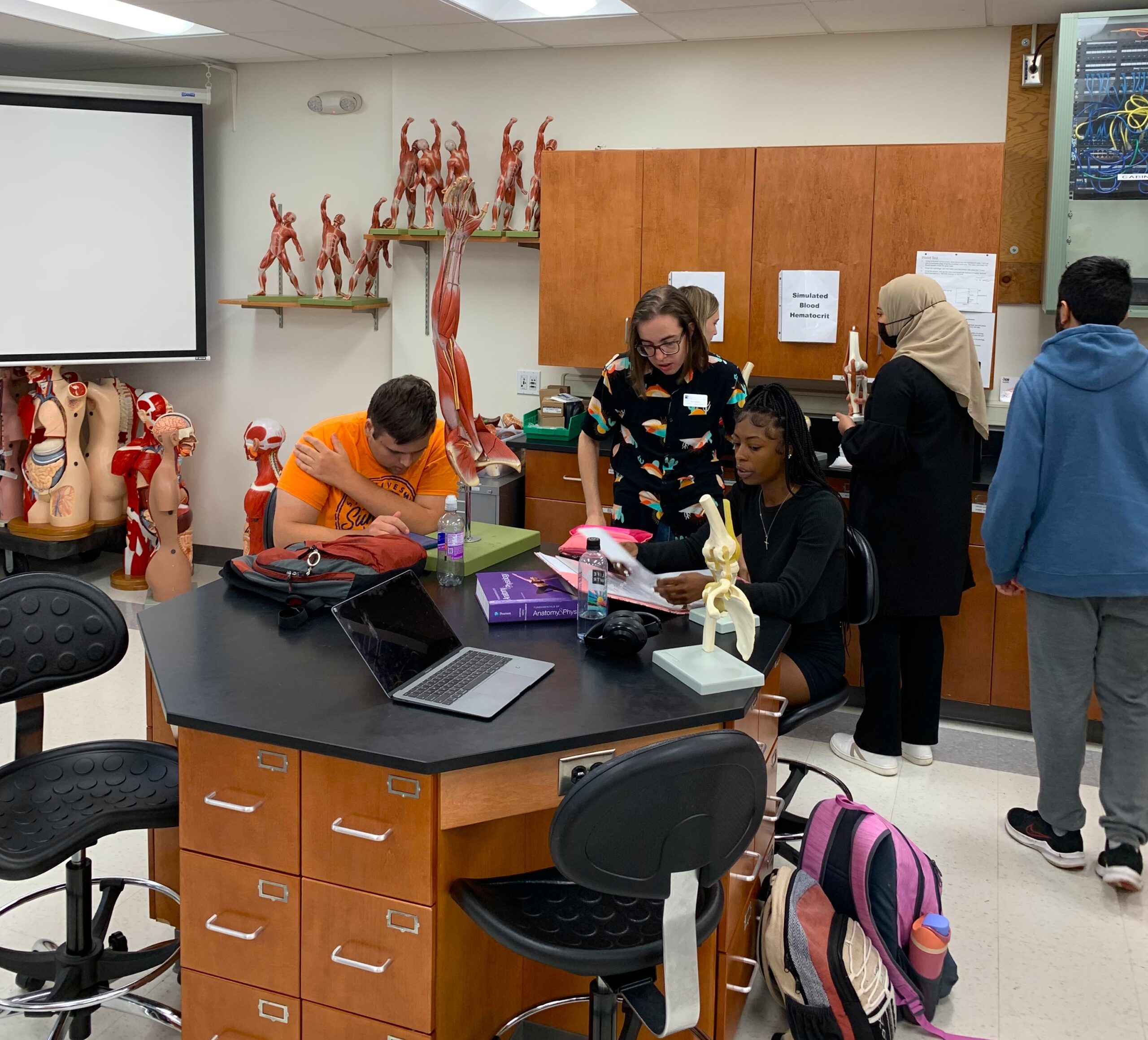The funds will provide such students in the St. Louis area with a chance to get into one of the fastest-growing types of work with a positive impact on the environment
Joe Douglas
– Jr. Copy Editor –
St. Louis Community College just acquired another serving of new opportunities for its adult learners, particularly those unemployed or under-employed. On August 4, STLCC was granted $500,000 by the U.S. Environmental Protection Agency to train its students for new, green jobs.
This program, made available by the EPA and the American Recovery and Reinvestment Act of 2009, will provide such students in the St. Louis area with a chance to get into one of the fastest-growing types of work with a positive impact on the environment.
STLCC, partnered with St. Louis University’s Center for Environmental Education and Training, will train approximately 120 students, graduate 102 students, and provide at least 77 students in environmental technician and other green jobs. The students will receive 200 plus hours of technical training in hazardous material handling and remediation.
The Brownfields Program targets a federally-designated Empowerment Zone encompassing St. Louis, Mo., and East St. Louis, Ill. Of the approximately 50,000 residents of the Zone, nine out of ten are in the minority, almost a fourth are unemployed, and almost half live in poverty, according to the Brownfields Background Report for STLCC.
“We clearly outline expectations, so they know what they’re getting into,” said Project Manager Jim Monahan in the EPA’s guide to the STLCC Brownfields Program, available on EPA.gov. “We make them understand the responsibility involved, that they have to show up every single day.”
Not much different from school, right?
Because the demand for skilled asbestos workers is in high demand in the St. Louis area, a good chunk of the training will be dedicated to asbestos removal and disposal.
Brownfields sites are places where redevelopment, reuse or expansion of property is complicated by the presence of hazardous substances, pollutants and contaminants, including asbestos, lead paint, petroleum and crude oil.
Upon graduation, students will receive credentials in areas such as lead and asbestos removal and disposal, and will receive the Hazardous Waste Operations and Emergency Response Standard and OSHA Construction Safety Standards certificates.
“The approach was, and continues to be, to give trainees as many certifications as possible so that they have a variety of opportunities for employment,” Monahan said.
In addition, program graduates may also find themselves working for one of many regional environmental firms in the future. STLCC will be creating an advisory board of such firms, including Environmental Operations Inc., Geotechnology Inc. and Shannon & Wilson Inc. who have already agreed to serve on the board.
“It is critical for the community college to ensure that our job training programs lead directly to good-paying jobs as the economy rebounds,” said Roderick Nunn, Vice Chancellor for Workforce and Community Development for STLCC.
This isn’t something new for STLCC, either. They received its first grant of $200,000 from the EPA in 2000 and have been watching their students’ backs since then. At this point in the program’s development, finer details of dates and costs have not been determined yet.
“We will have more detailed information for adult learners to apply for the program later this fall,” Nunn said. “There’s a lot of work on the front-end to get oriented with the many grant requirements associated with federal funds.”











